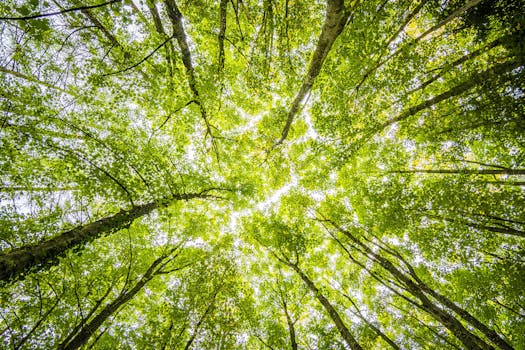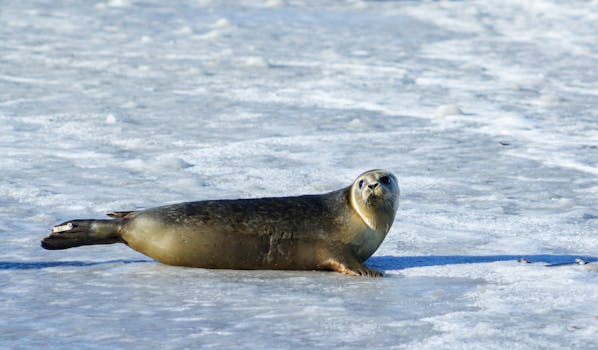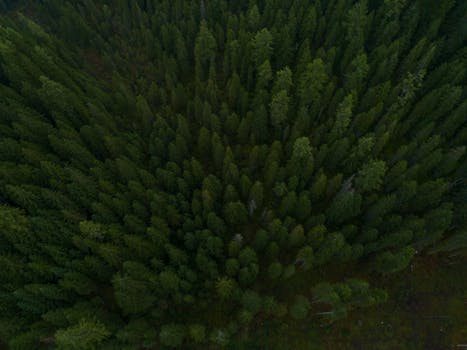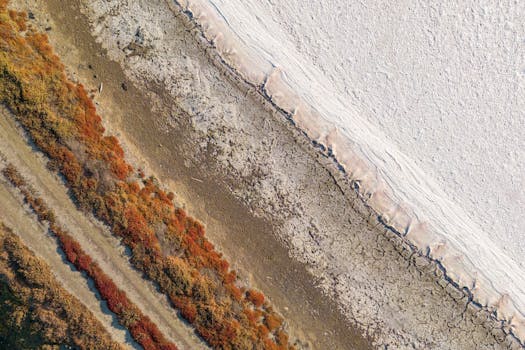Understanding Climate Change

Climate change refers to significant and lasting alterations in temperature and typical weather patterns in a place. The primary driver of contemporary climate change is human activity, particularly the burning of fossil fuels and deforestation. These activities contribute to the accumulation of greenhouse gases like carbon dioxide and methane in the atmosphere, hence warming our planet and disrupting established climatic norms.
Changes in Ecosystem Dynamics

As climate change progresses, ecosystems worldwide face unprecedented stress. Changes in temperature and precipitation patterns result in alterations to plant and animal behaviors, which can skew food webs and predator-prey relationships. For instance, many species may migrate to cooler regions or higher altitudes. Both land and marine ecosystems experience these shifts, as seen with coral reefs suffering from bleaching during heat spikes and changes in fish populations seeking suitable environments.
Impact on Biodiversity

Climate change has severe implications for biodiversity. Numerous species are at risk of extinction as their habitats become inhospitable, or their migration patterns are altered. The IUCN (International Union for Conservation of Nature) notes that more than 28,000 species are at risk due, in part, to climate dynamics. The loss of biodiversity affects ecosystem functionality because every species plays a role in energy flow, nutrient cycling, and biological control, ultimately impacting human livelihoods.
Climate Change and Its Role in Ecosystem Services

Our ecosystems provide invaluable services essential to human survival. These ecosystem services include clean water, air quality, pollination of crops, and climate regulation. Climate change endangers these services; for example, altered water cycles may lead to droughts in some areas while causing floods in others. As a more immediate consequence, agricultural yields can fluctuate significantly, resulting in food shortages and economic strain across communities.
Conclusion: The Path Forward

The impact of climate change on global ecosystems is profound and multifaceted. Addressing these changes requires newfound cooperation, commitment, and action from all global citizens. Solutions must encompass reducing greenhouse gas emissions, conserving natural habitats, and fostering adaptive management. Transitioning to sustainable practices can lead to a resilient world where ecosystems thrive alongside human development. Our shared fate is intrinsically linked to the health of our planet and the ecosystems it sustains, making this a key duty for forthcoming generations.






